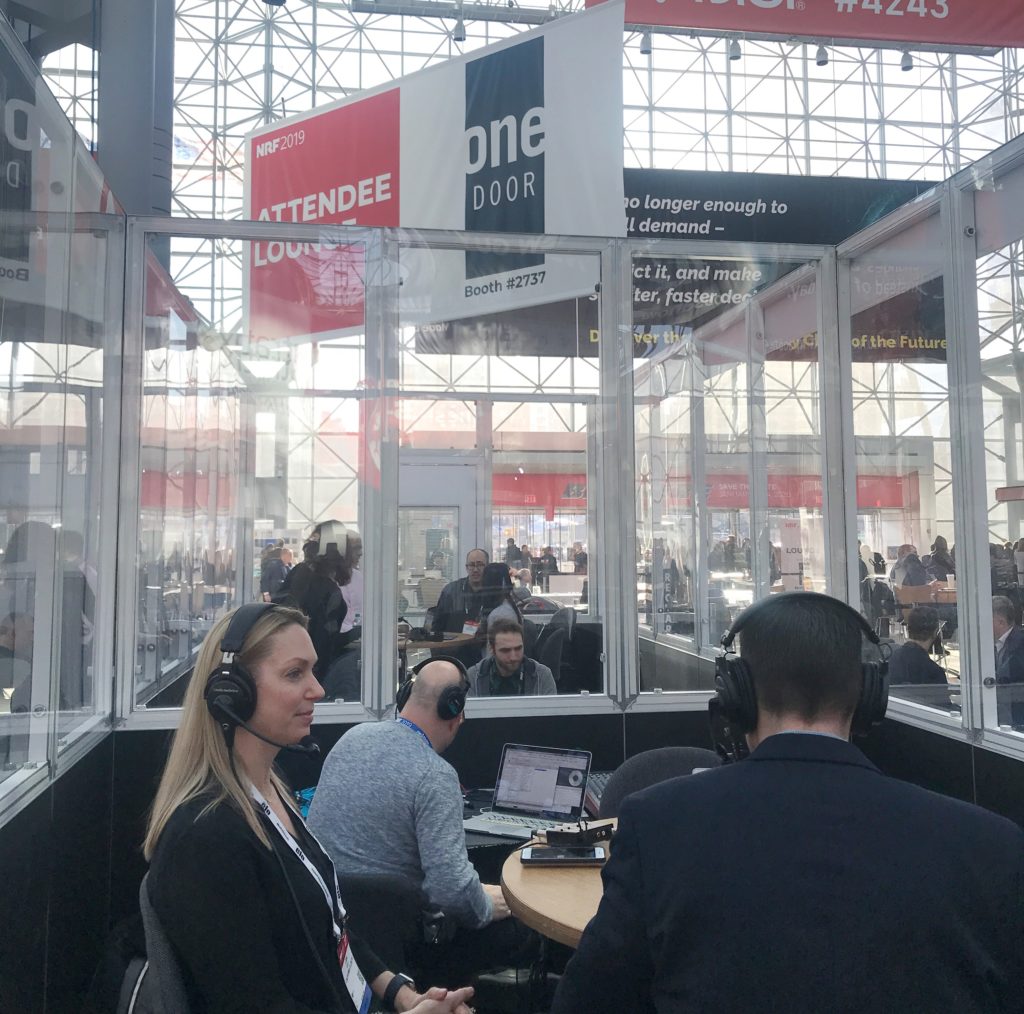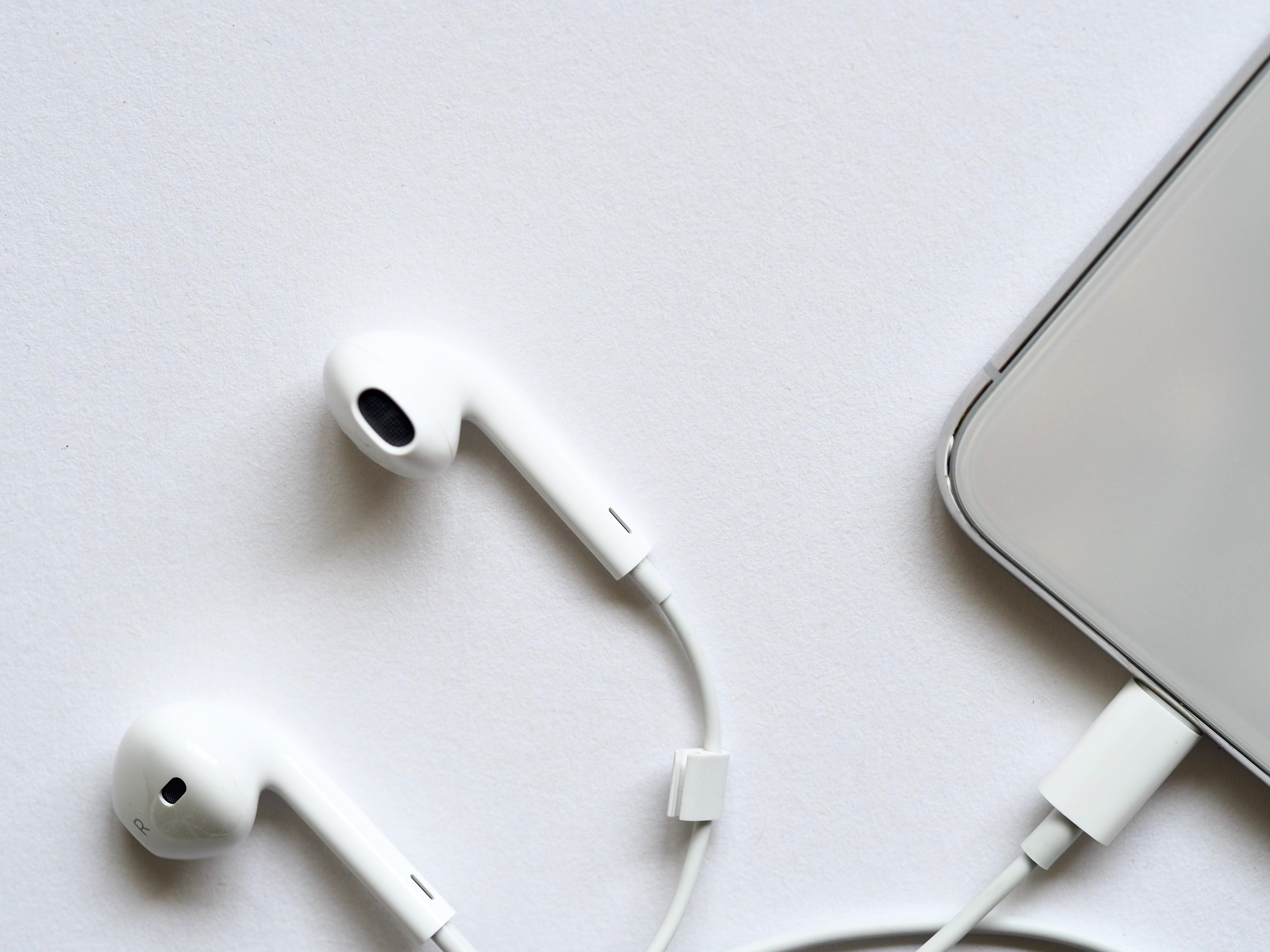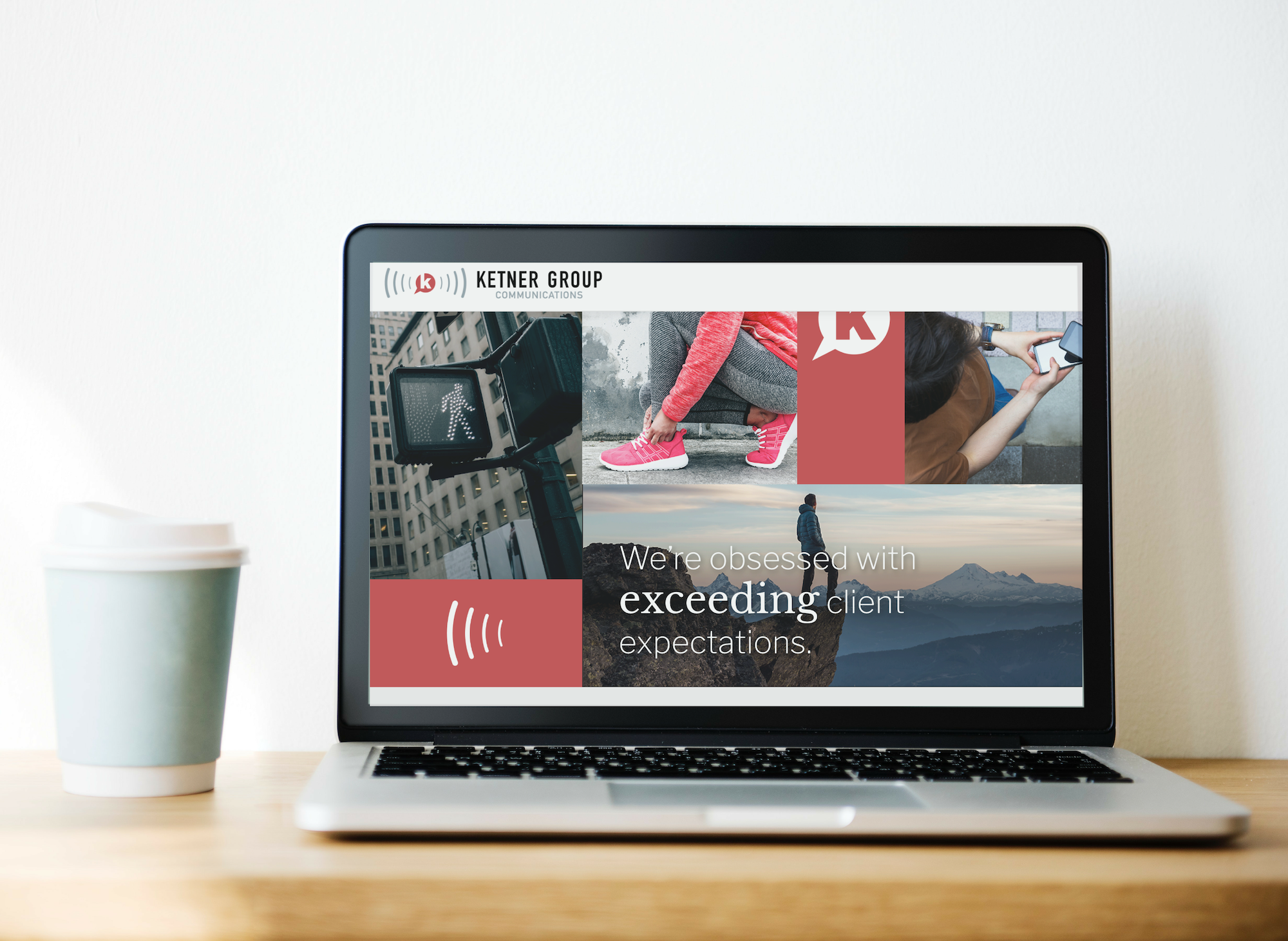On any given day of the week, whether commuting to work, folding laundry or walking the dog, chances are I’m also listening to a podcast. And I’m not alone – eMarketer estimates that in 2019, 76.4 million people in the U.S. will listen to podcasts. According to that same research, close to one-third of weekly podcast listeners listen to six or more podcasts each week. Hey, that’s me!
I can’t remember exactly what my first podcast series was – maybe Serial? But I’ve been hooked ever since. It may have begun with true crime, but the shows I subscribe to have become more diverse over the years. Topics now range from news and business to faith, parenting, and reality television commentary (which may or may not be related to “The Bachelor” franchise).
There’s so much great content out there, and only a limited amount of time in my day to listen, but I thought I’d highlight a few of my favorites. If you don’t have a regular rotation of shows in your podcast feed, give any one of these a listen.
A Few Of The Podcasts In My Earbuds
- “The podcast about Texas and all the people and things that make it so darn…Texan.”
- Hosted by Texas Humor‘s (and my real-life friend) Jay B Sauceda, Y’all Need This Podcast dives into really important topics, such as Whataburger vs. In-N-Out, who has the worst traffic in Texas, Texan stereotypes, and commonly mispronounced “Texan” words. Though we’ve expanded outside of the Lonestar State this year, Texas is in our blood here at Ketner Group – our standing “(Breakfast) Taco Tuesday” is proof.
- “This is how the news should sound. Twenty minutes a day, five days a week, hosted by Michael Barbaro and powered by New York Times journalism.”
- Produced (you guessed it) daily, this podcast is one that I cherry-pick episodes to listen to, given the topic. I enjoy the style of reporting and how the interviews and sound bites bring the headlines to life, adding more context and background than what a news article could convey.
- “A political podcast hosted by women from both sides of the aisle who refuse to see each other as the enemy.”
- Another one of Pantsuit Politics’ taglines is “the home of grace-filled political conversations.” Listening twice a week has helped me to process the news with more nuance and compassion – these girls are my go-to voices for understanding a variety of perspectives, especially in a political climate that feels divisive. I look forward to having these “friends” in my ears for the upcoming 2020 election, too.
And all the retail podcasts, too!
- Retail Gets Real, from NRF
- Total Retail Talks, from Total Retail
- The Glossy Podcast, from Glossy
- Conversational Commerce, from Retail Dive
“Should I Do A Podcast?”
Podcasting might be a worthwhile marketing channel for your business, but your level of involvement is really a judgment call. Should you start a new podcast? If not, will you seek opportunities to be a guest on other relevant shows? Or, does it make more sense for you to advertise on a podcast that caters to an audience of your potential customers?
Start A Podcast From Scratch
Producing a podcast on a regular cadence is a lot of work. You have to invest in the right recording equipment and editing software to ensure sound quality. The time you spend securing guests, prepping for interviews, and then recording, editing and promoting your podcast episodes adds up to time not spent on other marketing priorities. It might spread you too thin, or require you to hire someone to manage it.
Before you jump head-first into starting a podcast, I’d also recommend scanning the horizon for what’s already out there. Are a number of shows already covering the topics and perspectives you would? What is unique about your podcast that would make it stand out? Consider your niche and then move forward (or not).
Advertise On An Existing Podcast
I can’t speak personally to the ROI of businesses advertising on podcasts. But as a listener to many podcasts, I can tell you that they work for me as a consumer. My birthday is right around the corner, and because I can’t seem to get away from the podcast advertisements for them, Rothy’s shoes are at the top of my wishlist. I know that may seem like a trivial example when what your B2B business is offering costs quite a bit more.
However, my perspective is this: podcast listeners trust podcast hosts to be particular about who gets to advertise with them, and customers are likely to respond to relevant, high-value products and services. In fact, 54% of podcast listeners are more likely to consider buying an advertised product. For more reading on the topic, take a look at Marketing Dive‘s “Is podcast advertising effective?”

Pursue Opportunities To Be A Podcast Guest
When it comes to participating in podcasts as a guest, I say go for it – but only if it feels right to you. Before approaching a seemingly relevant show, listen to a number of episodes and picture yourself or a company executive as the guest being interviewed. If it feels like a stretch, it probably is. Also, podcasts want to tell interesting and insightful human stories, so they’re not going to give you a platform just to talk about how great your product or service is. Reel in the host with a client success story, as we did with our client Elo when Total Retail Talks interviewed their customer California Closets. Or position your spokesperson to talk to a larger industry trend.
There’s real momentum behind the podcasting movement, and audio content as a marketing tool is a trend we’ll continue to explore on behalf of our clients. Yesterday, Modern Retail also wrote a story about retail brands turning to podcasting, if you want to check it out.
If you’re a podcast listener, we’d love to hear about your favorites! And if you’re not, consider this your invitation to start listening.













